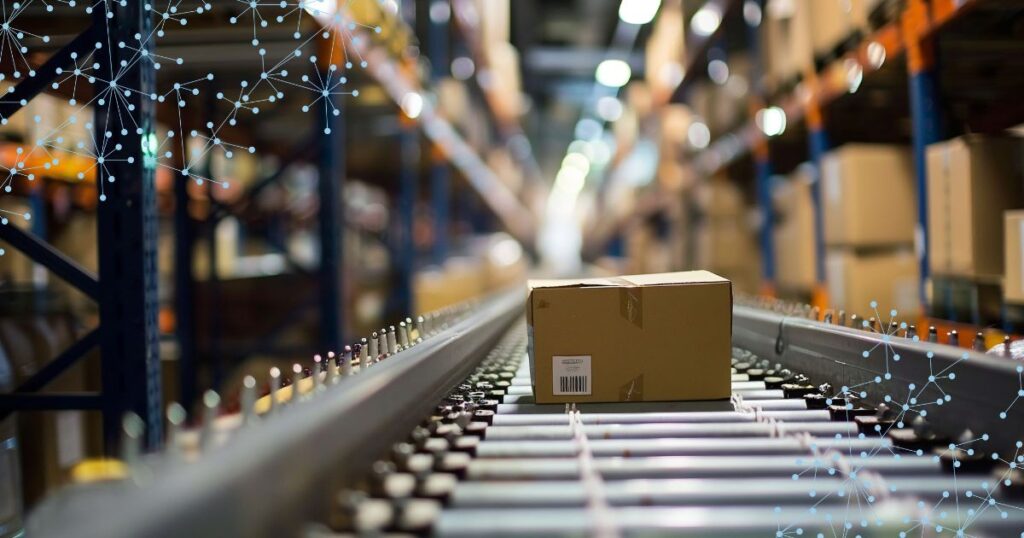Having Your Cake and Eating It, Too
Improve your business by elevating service levels for less investment while reducing the environmental impact.
In the aftermarket service world, time to resolution is king. The faster your assets perform optimally, the happier and more loyal your customers become.
Historically, to achieve this, it meant one of two things:
- Stock enough service parts in the right locations so technicians always have what they need for repairs. This has horrendous consequences for your balance sheet regarding liquidity and your profit and loss (P&L) in carrying costs.
- The other option consolidates service parts at a Distribution Center (DC) and uses next business day (NBD) or next flight out (NFO) options to quickly deliver parts where they need to go. In this scenario, the devil is in the sheer cost of expedited air freight, and the carbon footprint is Sasquatchian in magnitude.
Today, BaxterPredict offers a third option to achieve your Service Supply Chain goals without the usual compromises: an end-to-end platform for predictive optimization. BaxterPredict allows you to better understand the flow of service parts into and out of your Service Supply Chain.
Recently, at the Copperberg Sustainability in Service Summit, we reaffirmed our commitment to sustainability, leading high-level discussions on how predictive optimization can help businesses reduce waste and lower carbon emissions while meeting customer demands.
By leveraging predictive analytics for the Service Supply Chain, organizations can minimize waste, reduce unnecessary shipments, and optimize transportation routes to lower carbon emissions. This proactive approach not only enhances operational effectiveness but also aligns with growing environmental standards and corporate social responsibility goals.
With BaxterPredict, businesses can strike a balance between meeting customer demands and reducing their environmental footprint, fostering a more sustainable future for their operations.
Exploring Two Scenarios: Irregular Demand and Environmental Impact
Let’s look at two scenarios that deal with accommodating infrequent, irregular demand for service parts and the potential for environmental impact mitigation.
Our hypothetical company sources many of its service parts from an overseas supplier such as China, maintains a US distribution Center in the Chicago area, and manages a network of forward stocking locations (FSLs) around the country. We will consider the relevant FSL to be in Lawrence, Kansas.
Unexpected demand for specific parts has depleted stocks, and your supplier is still manufacturing parts that remain in their warehouse in China. To meet increasingly unfulfilled customer demand, you arrange for approximately five thousand pounds of these critical parts to be air freighted to your DC, consolidated, and overnighted to the FSL. The carbon emissions for this routing of CAN > ORD > MEM > LWC totals around 19.3 tons.
Using the advanced optimization functionality of BaxterPredict, our hypothetical company could give the supplier visibility into more accurate demand forecasting along with the optimal placements of their FSL networks and have parts in the pipeline before they become essential.
This proactivity would allow the parts to be shipped from China to the port of Los Angeles, where they are put on a train to DC in Chicago. Then, the parts would continue their journey on a less than truckload (LTL) carrier from Chicago to be received in Lawrence. The reduced carbon emissions of this new, optimal routing would equal less than half a ton.
A Sustainable, Efficient Solution for Daily Challenges
This simplified example reflects the challenges companies face daily. By leveraging a world-class Service Supply Chain platform like BaxterPredict, you can optimize service levels for sustainability, prepare for periods of irregular demand, and reduce your carbon footprint—ultimately improving your business operations and enhancing customer satisfaction.




